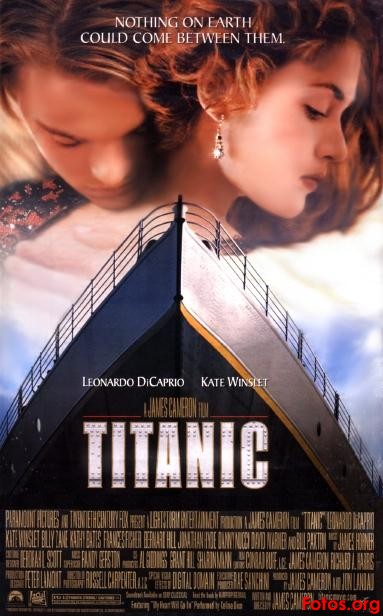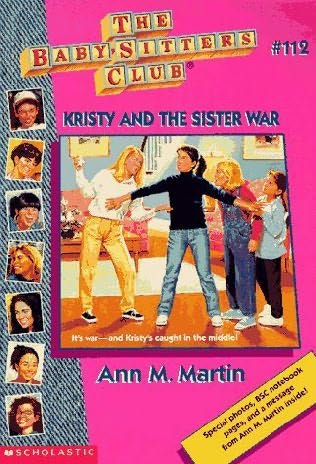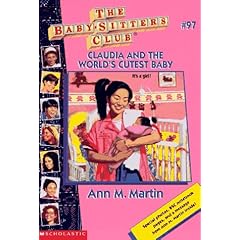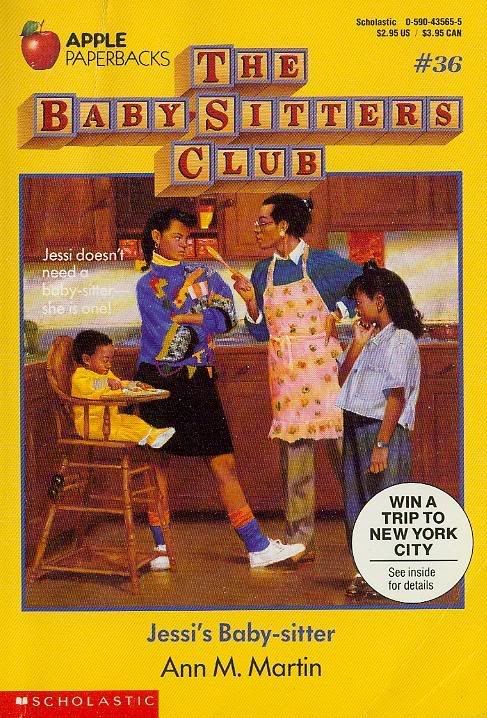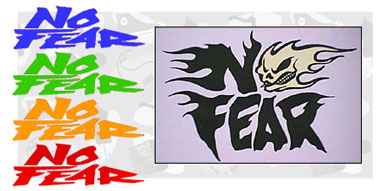
Have you ever been sitting in your doctor's waiting room admiring his framed inspirational posters and thought to yourself, "Hey, I could really go for this as a T-shirt, only with an angry spin"? Well, have I got a brand for you. For those among us who felt the need not to impose our trite tidbits of sports-minded wisdom onto the general public, No Fear clothing was nothing short of a godsend. Finally, here was our chance to make our voices heard and let our peers know that they need not fear hockey or snowboarding.
The 90s marked the beginning of the fascination with so-called Extreme Sports, which were classified as "extreme" largely on the basis of their high risk of fatal injury. Sounds fun, right? We all seemed to think so as we sat glued to our televisions fascinated at the death-defying antics of professional skateboarders and their ilk. The No Fear brand capitalized on the rising interest in Extreme Sports, channeling its invincible and ambivalent spirit with its existential slogans.
Of course, most of us were too young to see it that way. We weren't out to debate Camus' influence on our sportswear choices, we just wanted to be cool. According to the rising No Fear brand, what was cool was an aggressive, nihilistic outlook on life. While the brand produced both adult and youth apparel, it was always more unsettling to see a kid sporting a shirt with the phrase "He who dies with the most toys, still dies." For one, the punctuation is pretty questionable. Is this the level of comma misuse we want to bestow unto our children?

Created by race car driver Brian Simo and friends in 1989, the No Fear brand quickly ascended to popularity in the early-to-mid 1990s. Most of the shirts offered up semi-inspirational sports quotes with a sole focus on winning, defeating others, never losing, and...well, you get the idea. According to No Fear, even coming in second was a sure sign of longstanding failure. These sentiments were a far cry from the touchy-feely "At least you tried!" attitudes of today. According to No Fear, there was no trying, only winning. That sounds like a pretty healthy attitude, right?
No Fear presented a very machismo-esque black-and-white view of the world, mainly that our self worth hinged on our ability to shoot baskets or make game-winning goals. Self-proclaimed macho sportsmen took to the streets in No Fear-adorned pickup trucks and SUVs, proudly displaying bumper stickers or over-sized decals. This practice declared your extreme, anti-establishment, tough-guy attitude. Everyone knows that an obstructed view through your rear window is for pansies.
 The problem with the No Fear message was that it wasn't really a message at all. People quickly bought into the notion as some sort of ideology to live by, but it was really just a gimmick to sell some crappy athletic t-shirts. "No Fear" wasn't a way of life or a religion. Truthfully, "No Fear" wearers were probably most afraid of outing themselves as fear-mongering frauds. The false bravado of the t-shirt just hid the ultimate fear of failure. Plus, it made them look like a total tool. I mean, really. Just awful.
The problem with the No Fear message was that it wasn't really a message at all. People quickly bought into the notion as some sort of ideology to live by, but it was really just a gimmick to sell some crappy athletic t-shirts. "No Fear" wasn't a way of life or a religion. Truthfully, "No Fear" wearers were probably most afraid of outing themselves as fear-mongering frauds. The false bravado of the t-shirt just hid the ultimate fear of failure. Plus, it made them look like a total tool. I mean, really. Just awful.No Fear shirts quickly became the daily uniform of many boys and young men, or at least when their Stussy and Mossimo shirts were in the wash. These shirts were arguably a step above the "Coed Naked" and "Big Johnson" t-shirts, but not by much. For bonus points and to achieve the 90s athletic apparel trifecta, a guy could even pair their No Fear shirt with Umbros and a Starter Jacket. It may not have been pretty, but dammit it was stylish.
It wasn't long before the moral-minded knockoffs started rolling off the copyright-infringing assembly lines. Just like the innumerable "Got Milk?" parodies, many religious organizations began parodying No Fear's signature t-shirts and replacing the win-at-all-costs aggressiveness with faith-friendly slogans. Seemingly overnight we were seeing these well-intentioned knockoffs everywhere; phrases like "Fear God" and "No Fear, Got Faith" were popular variations. The producers of these shirts meant well, I'm sure, but the overall effect was less than desirable. After all, the only thing worse than wearing a No Fear shirt was wearing a parody No Fear shirt.
The brand's popularity peaked in the mid-90s and the craze quietly petered out. People soon found new, similarly tool-ish decals to pollute their rear window views, and No Fear seemed to fade into relative obscurity. While once you couldn't turn a corner without being bombarded with No Fear's single-minded message of winning and defying society, it seemed everyone's shirts had quieted down considerably. Clothing no longer spoke to me about my growing sense of failure and inadequacy; it was all drowned out by the far more upbeat ads for Gap khakis and Old Navy fleece vests.
It appears No Fear is still churning out t-shirts, but their current style offerings look like a poor man's Ed Hardy. That is, a watered-down version of the Jon Gosselin-patented douchebag-at-a-distance identification system. To put it another way, our over-tanned pals on Jersey Shore would look right at home fist-pumping at the club in any item from the present-day No Fear line.* So, like the shirts say, have no fear: these babies are here to stay.
*Depending on your penchance for trashy reality TV, the above comparisons could yield disgust or could go over your head entirely.



